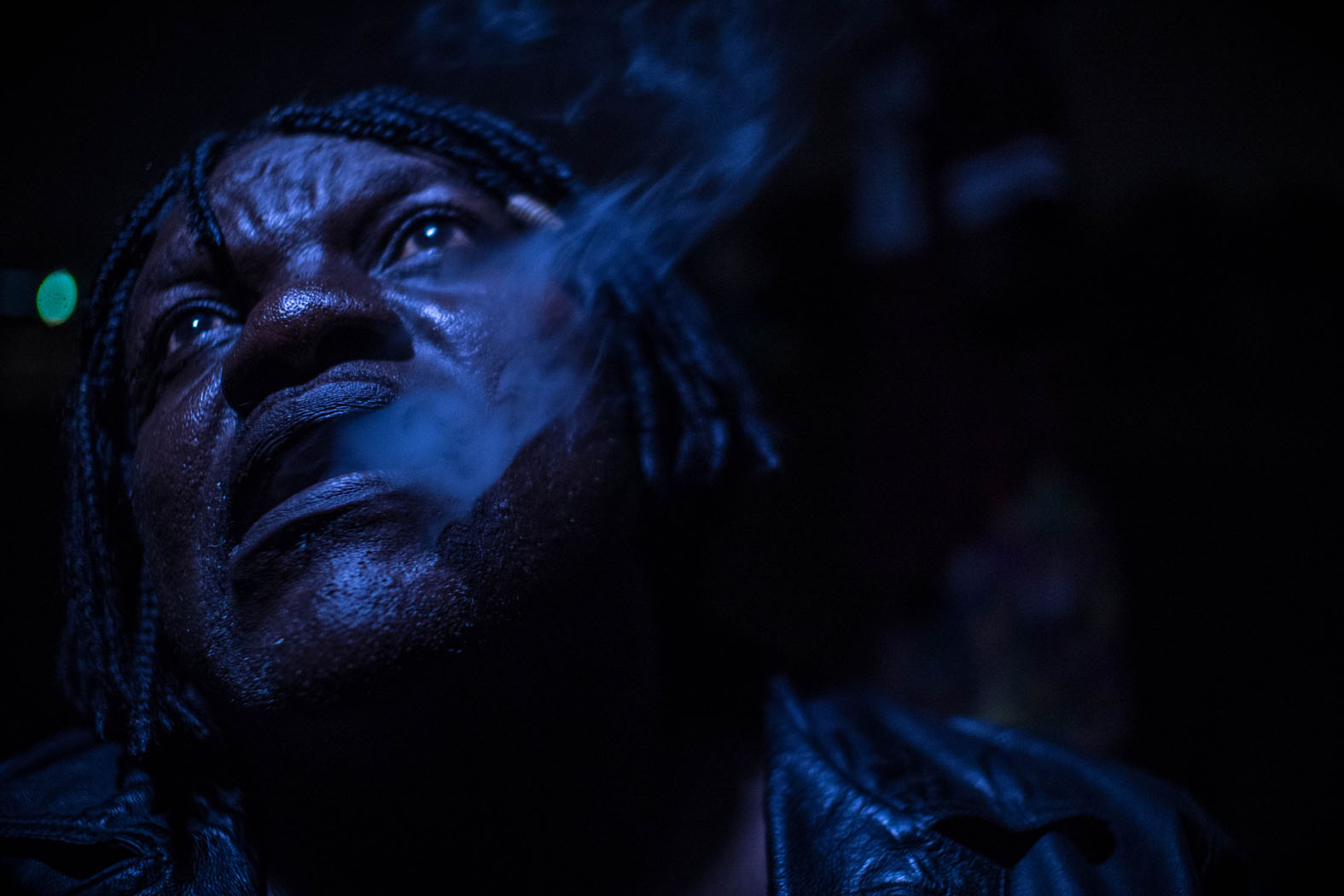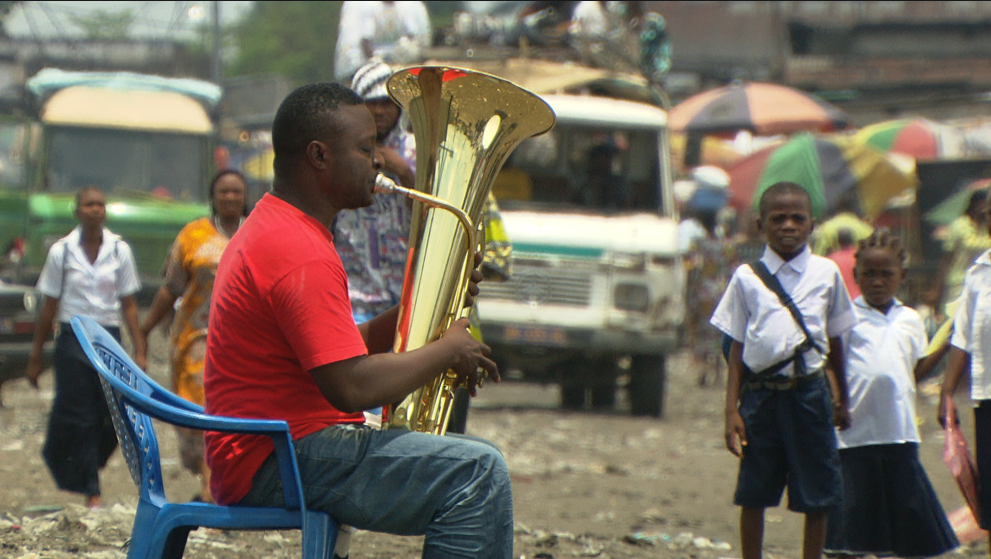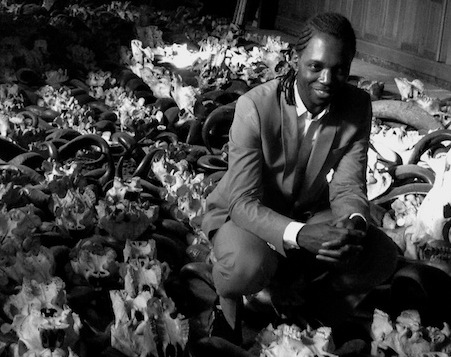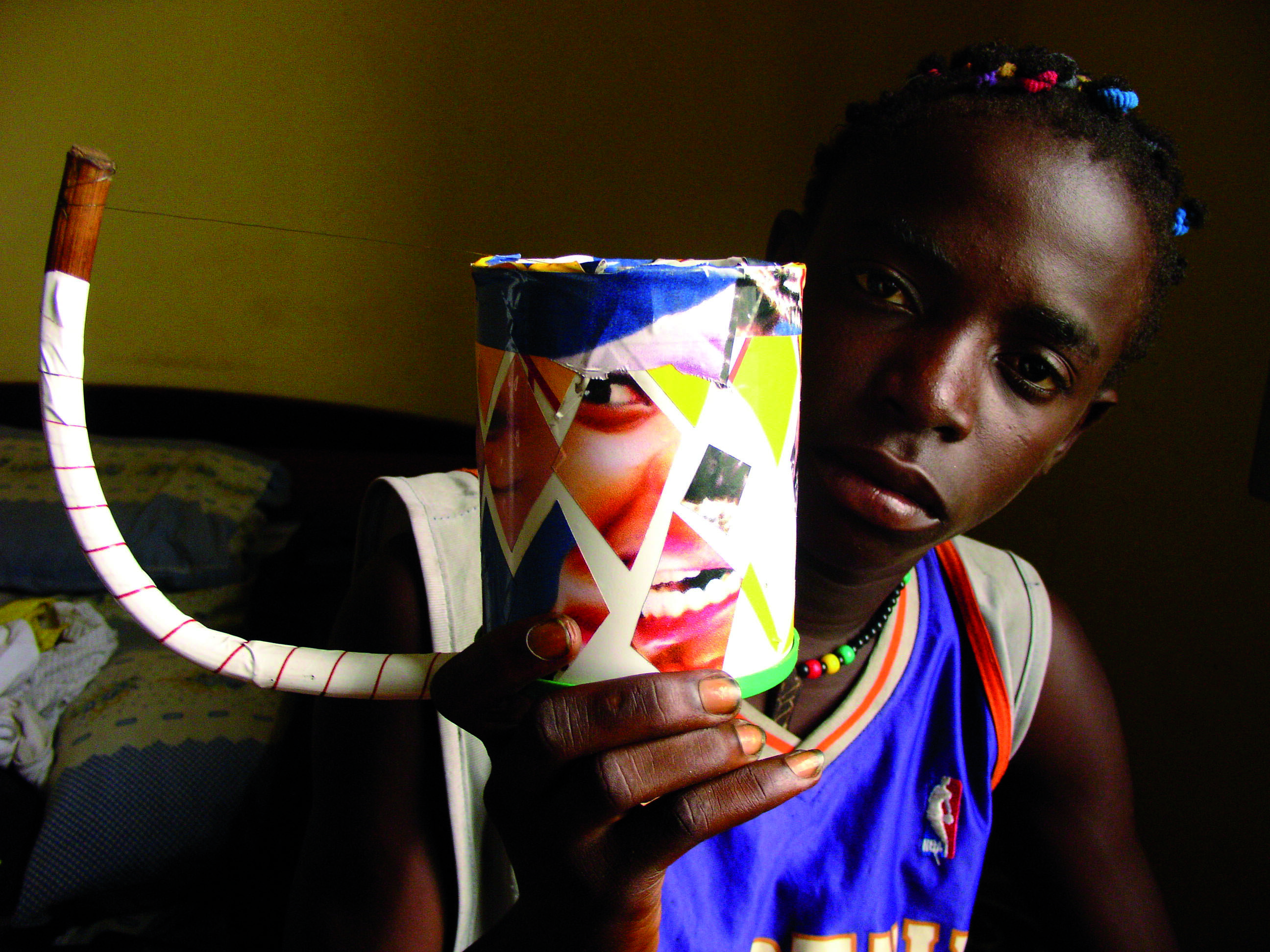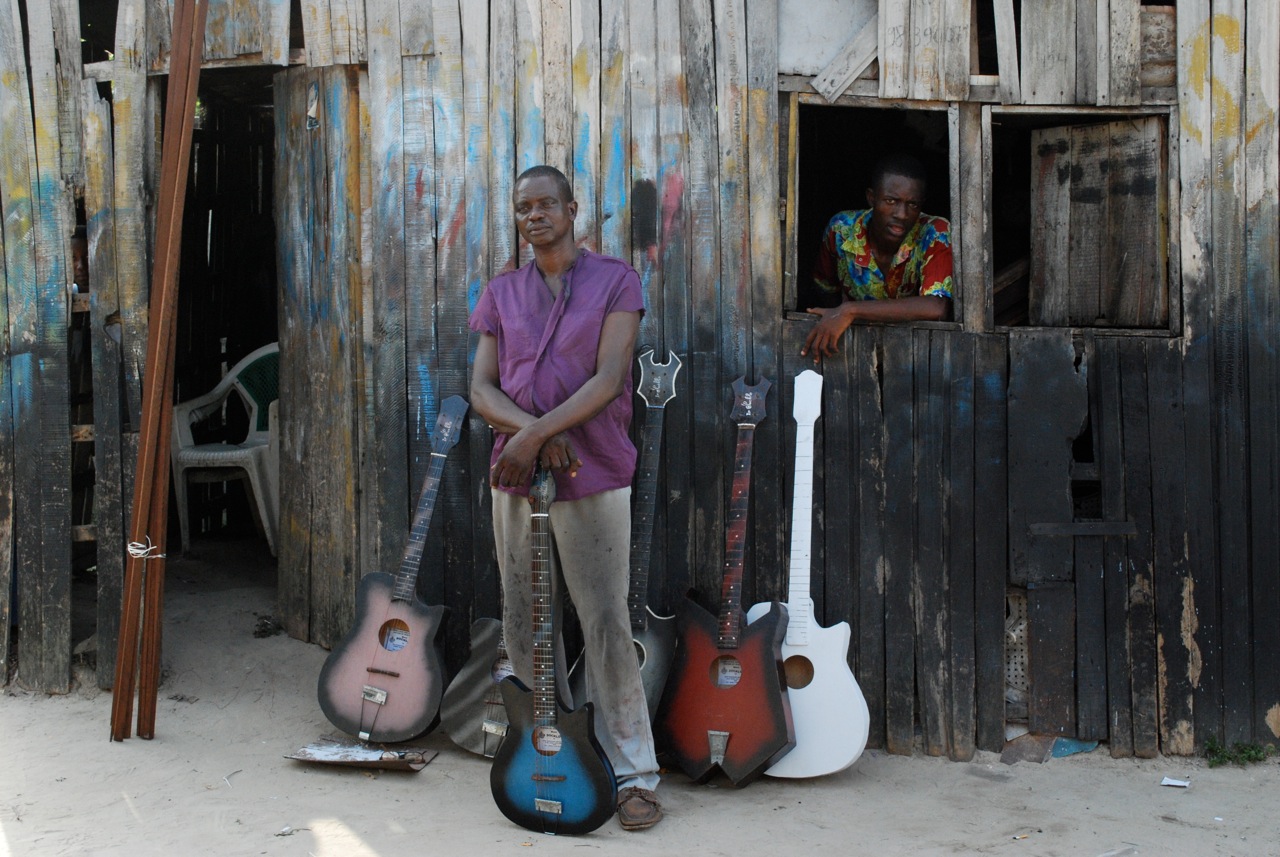With the world’s media riveted to events in Washington, the West African nation of Mali might be forgiven for feeling a little abandoned in one of its darkest hours since independence. Last Tuesday January 17th at 9am a young jihadist by the name of Abdel Hadi al Foulani drove a pickup truck into a military base in the eastern town of Gao and detonated a bomb. The resulting death toll seems to have settled at 77, though many of the injured remain in a critical condition. Three days of national mourning were decreed by President Keita. This was the worst single act of violence that Mali has experienced for at least a century.
The security surrounding the camp was reportedly sparse at the time of the attack. Access was relatively easy. The bomb exploded when the camp’s parade ground was packed with soldiers preparing to go on patrol. In fact, the timing was so gruesomely perfect, and the livery of the fatal pickup truck apparently so similar to the one regularly used by the units in the camp, that many have jumped to the conclusion that the suicide bomber(s) had accomplices on the inside. The claim of responsibility issued by al-Mourabitoun, the armed jihadist group affiliated to al-Qaida and lead by the slippery terrorist mastermind Mokhtar Belmokhtar, only confirms what everyone immediately suspected: this is yet another, albeit the worst, atrocity in the long war of attrition between jihadist groups and central government in northern Mali.
But by far the most significant and potentially damaging aspect of the attack, in terms of Mali’s future peace and prosperity, is the nature of the military units that were targeted. The soldiers who died weren’t Malian army regulars, or UN troops, or Special Forces belonging to French army’s Barkhane mission, all of whom have been the subject of numerous attacks in recent years. They were part of the recently formed mixed-patrol units or MOCs – Operational Mechanism of Coordination to give them their technical name – promised in the Algiers peace accords signed by most of northern Mali’s non-jihadist warring parties in June 2015.
To anyone familiar with Mali’s recent troubles, the ‘mix’ embodied by these patrols is astonishing. One third of the six hundred men stationed in the camp in Gao were from the Coordination des Mouvements de l’Azawad (CMA), the umbrella group of anti-government rebel groups in northern Mali; another third were from La Platforme, the umbrella group of pro-government militias, and the last third from FAMA, the regular Malian army. In other words, three entities that have been in an almost constant state of antagonism towards each other for the past five years, are now sharing a military camp and conducting patrols together, in theory at least.
Despite the many delays and factional bickering that have marred their implementation, the very existence of these mixed patrol is, or at least was until a week ago, rare proof that Mali’s fragile peace process is shuffling in the right direction. In fact, their existence is of even deeper importance, for without the effective implementation of mixed patrols in the north, Mali’s feasibility as a nation state within its present borders will for ever remain in question.
It’s often been said that what legitimises any government is the monopoly it holds on violence. The Malian government’s weakness is that it hasn’t monopolised violence in the north, not for decades, and especially not since the end of the civil war of 2012, far from it. Among the reasons why the government has found it so hard to monopolise violence in the north is the fact its authority, and the presence of it army, has long been considered illegitimate by some groups of northerners, especially by the Touareg of the far north eastern Adagh region, where the first rebellion against the central government broke out in 1963.
Furthermore, the Malian army has never been properly constituted or equipped to monopolise violence in the north. Most of its soldiers are southerners who have little or no experience of fighting in the harsh steppes of the desert. The climate, the landscape, the territory, the people, everything is as strange to them as the mountains of Tibet to an inhabitant of Hong Kong. Back in the days before 2012, when there were Malian army barracks in most northern towns, its recruits appeared alien to many local people by dint of their language, their appearance, their attitudes. This isolation was occasionally mollified by an influx of locally recruited soldiers, most notably as part of the UN sponsored reinsertion programmes that followed the rebellions of 1990-1 and 2006. But the levels of interaction and cooperation between northerners and southerners in the army have never high enough to guarantee its efficacy as a fighting force.
This is why the mixed patrols are so important. They have a chance of succeeding where the regular army, as currently constituted, is bound to fail. They are the seeds of a effective home-grown security policy in northern Mali. The idea itself is hardly new. It was first officially proposed in the National Pact that was signed by rebel Touareg leaders and the central government in 1992, following the great Touareg rebellion of 1990-1. It’s rationale seemed solid: if the hardened desert fighters that populate the ranks of northern Mali’s armed-groups, both pro and anti government, to whom the deserts are entirely familiar because they are home, could team up with the Malian army to bring back security and a monopoly on violence, then everyone would be a winner.
Everyone that is apart from the jihadists and the criminal traffickers. Despite the many accusations of collusion (proven in some cases) between members of the CMA and La Platforme on the one hand, and jihadists and criminals on the other, there can be no doubt that security is the number one priority for most people in northern Mali, over and above either jihad or democracy, illicit wealth or clan advancement. Lack of security has been a major blight on the lives of ordinary people for far too long and the mixed patrols are, or were, their one hope of salvation.
The problem has always been that many politicians in Bamako and many southern Malians in general have balked at the idea of equipping rebel soldiers to police the north of the country. To them, hiring enemies of the state to carry out essential state duties seems highly illogical. As a result, the mixed patrols have always been grudgingly funded and supplied. I well remember one senior Touareg official lamenting the fact that the mixed patrols that were put in place after the rebellion of 2006 were given five 4×4 all-terrain vehicles to police the whole of northern Mali, an area at least a big as mainland Britain. Some people are now claiming that the poor and underfunded defences of the Gao camp made some kind of attack inevitable. Maybe it was even deliberate. The mixed patrol project is one idea that many would like to see ending in failure.
None more so than the jihadists and mafia godfathers. It’s not surprising that al-Mourabitoun decided to deliver such a devastating blow to the mixed patrols so soon after their creation. The prospect of their enemies uniting into an effective combat force, with popular backing, is one that they fear most
But their violence mustn’t be allowed to derail this initiative. However pitiful the images from Gao of the 77 coffins draped with Malian flags that have been published on the web in recent days, the mixed patrols must be given a chance to succeed. They’re too important for the peace and prosperity of the north and for Mali’s survival as a nation. And if President Trump really believes in his own inaugural promise to eradicate Islamic terrorism from the face of the earth, he could start by persuading the international community to provide the funds and the training necessary to ensure that mixed patrols in northern Mali continue to operate and eventually succeed.
Andy Morgan.

